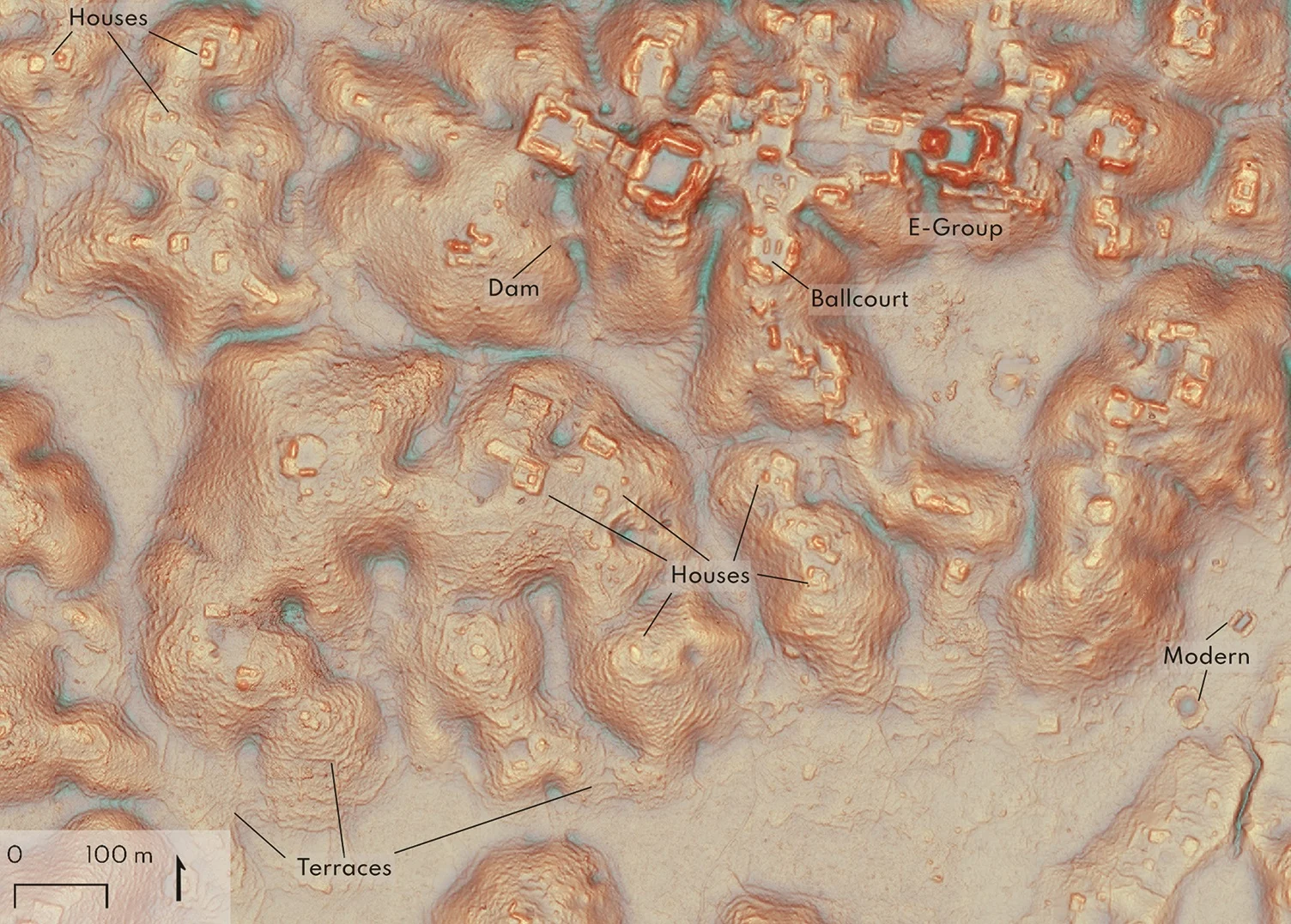A study published in the journal Antiquity has revealed 6,674 previously unknown Maya structures and a lost city in an unexplored area of Campeche, Mexico.
Using LiDAR mapping technology, archaeologists from Tulane University, the Instituto Nacional de Antropología e Historia in Mexico, and the University of Houston, analysed data from a previous LiDAR survey conducted to monitor carbon levels in Mexico’s forests.
LiDAR, meaning Light Detection and Ranging, is a method of remote sensing using light in the form of a pulsed laser to measure ranges (variable distances) to the Earth. The differences in the laser return times and wavelengths can be used to compile a 3-D digital map of the landscape.
“Ecologists and engineers had conducted lidar surveys of some of these regions for unrelated studies,” said lead author Luke Auld-Thomas. “So, I wondered if existing lidar data might cover this uncharted area.”

An analysis of the data has revealed a densely populated area of 6,674 previously unknown Maya structures, including pyramids similar to those at Chichén Itzá and Tikal.
Additionally, the study revealed rural areas and small settlements, with the most remarkable discovery being a sprawling city complex featuring pyramids, located on a ridge near an actively farmed area along the region’s only highway.
Within the complex is a nucleus of concentrated structures designated as E-Group. This is surrounded by domestic dwellings and terraces on areas of elevated land, a ballcourt, and a dam structure.
“The ancient world is full of examples of cities that are completely different than the cities we have today,” concludes Auld-Thomas. “There were cities that were sprawling agricultural patchworks and hyper-dense; there were cities that were highly egalitarian and extremely unequal.”
Header Image Credit : Antiquity
Sources : Antiquity | https://doi.org/10.15184/aqy.2024.148







